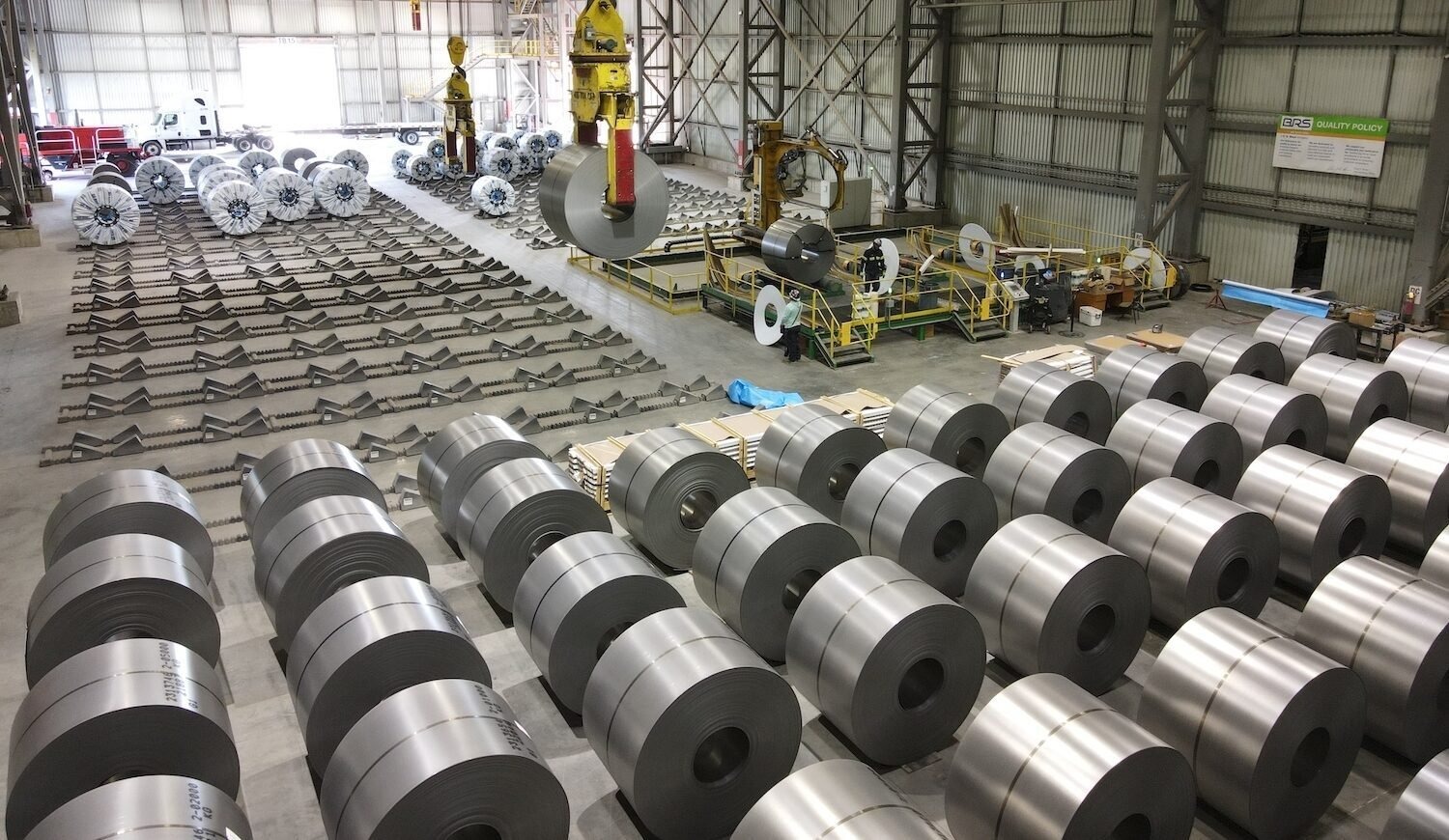
The massive challenge of steel industry decarbonization creates opportunities for governments and companies that choose to accept the risks. The global carbon emissions from steel production amount to 7% to 9% primarily resulting from coal utilization during iron ore processing. Developed technology for lowering emissions through hydrogen-based operations exists while full-scale adoption demands enormous monetary input together with internationally unified policy frameworks. Australia can boost its export revenues up to $252 billion every year through green iron production since it dominates worldwide iron ore exports. Transporting ironwork with renewable power while building new systems and implementing supportive policies is essential to accomplish this transition.
Key Points:
The Role of Steel in Carbon Emissions
-
Industrial operations produce their maximum amount of carbon emissions during steel production.
-
The production process of crude iron from iron ore by means of coal generates 80% of overall emissions.
-
Advanced production methods decrease steel sector carbon produce to 300 kg per ton which was formerly 2.2 tons.
Green Iron Technologies and Their Potential
-
A transition from coal-based blast furnace operations to hydrogen-based direct reduction takes place.
-
The production facilities use renewable solar power and wind energy as their primary energy source.
-
A brand-new lucrative export sector for green iron has the potential for development.
Challenges in Scaling Up Green Steel Production
-
The implementation of green steel production requires substantial investments for renewable energy systems together with hydrogen infrastructure.
-
China along with Japan and South Korea need to sign contracts for green iron purchases with their steel manufacturing facilities.
-
Government-supported supply chain development requires energy providers to coordinate with miners.
Economic and Policy Considerations
-
Green iron produces market potential to increase Australian iron exports from $85 billion to $252 billion.
-
The Asian market requires standard financial incentives such as carbon taxes coupled with subsidies to establish demand.
-
The necessary alignment of governmental policies must happen to attract investments and retain competitive market prices.
What is Green Steel?
About:
-
The production of green steel occurs through alternative methods that exchange fossil fuels for electricity or hydrogen and coal gasification instead of fossil fuel-based manufacturing.
-
The production method generates lower emissions together with cost reduction and enhanced steel manufacturing performance.
-
Blue and green hydrogen stands as a fundamental tool for lowering the carbon emissions within the steel industry.
Ways of Production:
-
The primary production methods can be replaced by sustainable technological alternatives.
-
Carbon Capture, Utilization, and Storage (CCUS).
-
Low-carbon hydrogen should be adopted instead of traditional power sources to power industrial operations.
-
Direct electrification through electrolysis of iron ore.
Significance:
-
Industrial steel operations currently represent one of the world's biggest users of energy resources and emitters of CO2 gases.
-
India stands as the planet's second-largest crude steel manufacturer with an objective to decrease emissions until 2030 while targeting net-zero operations by 2070 as per the agreements made during COP26.
Status of Steel Production in India
-
The production of crude steel at 120 million tonnes in 2021–2022 made India the globe's 2nd biggest steel manufacturing entity.
-
The states of Odisha, Jharkhand, West Bengal along with Chhattisgarh and northern Andhra Pradesh possess major iron ore deposits.
-
The main steel industrial complexes in India are positioned at Bhilai, Durgapur, Burnpur, Jamshedpur, Rourkela and Bokaro.
-
At present India stands in the 2nd position globally as a finished steel consumption market behind China.
Government Initiatives Supporting Green Steel
-
The Steel Scrap Recycling Policy 2019 provides enhanced domestic steel scrap access that cuts down coal consumption in the industry.
-
National Green Hydrogen Mission: Promotes green hydrogen production and usage in steel manufacturing.
-
Motor Vehicles Scrapping Facility Rules (2021) has resulted in increased availability of steel scraps for the industry sector.
-
National Solar Mission (2010) serves as an energy adoption mechanism that helps decrease steel manufacturing emissions.
-
The Perform Achieve Trade (PAT) Scheme provides incentives to steel industries that lower their energy consumption.
-
Japan’s NEDO Model Projects: Implemented for energy efficiency improvement in Indian steel plants.
Conclusion
The manufacturing of green iron combined with green steel production creates potential for lowering emissions and building economic worth. The vast benefits of these measures depend on acquiring appropriate funding and policy cooperation between governments alongside cross-national partnerships. Public and industrial entities need to collaborate for offering financial motivation and regulatory assurance while building essential infrastructure to enable this transformation. The right level of industry backing allows green steel to transform global net-zero carbon emission initiatives.



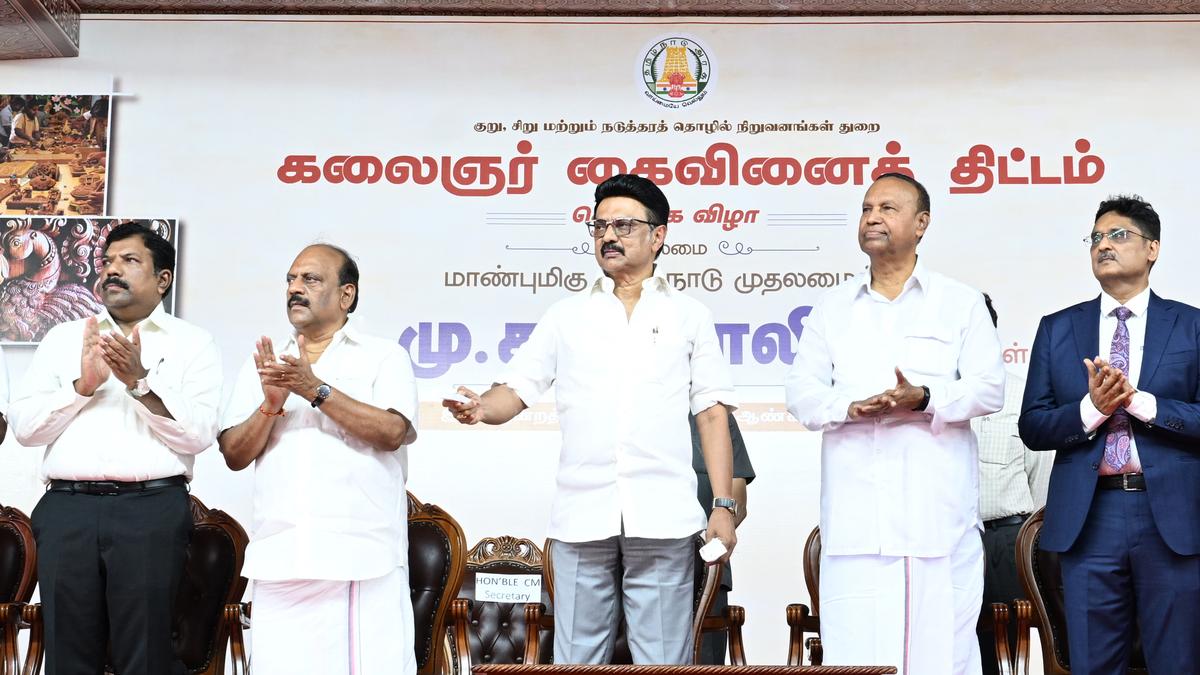 Stalin Launches Kalaignar Kaivinai Thittam as an Alternative to PM Vishwakarma Scheme
Stalin Launches Kalaignar Kaivinai Thittam as an Alternative to PM Vishwakarma Scheme Unlocking India’s $25 Billion Export Potential in Hand and Power Tools Sector: NITI Aayog’s Strategi
Unlocking India’s $25 Billion Export Potential in Hand and Power Tools Sector: NITI Aayog’s Strategi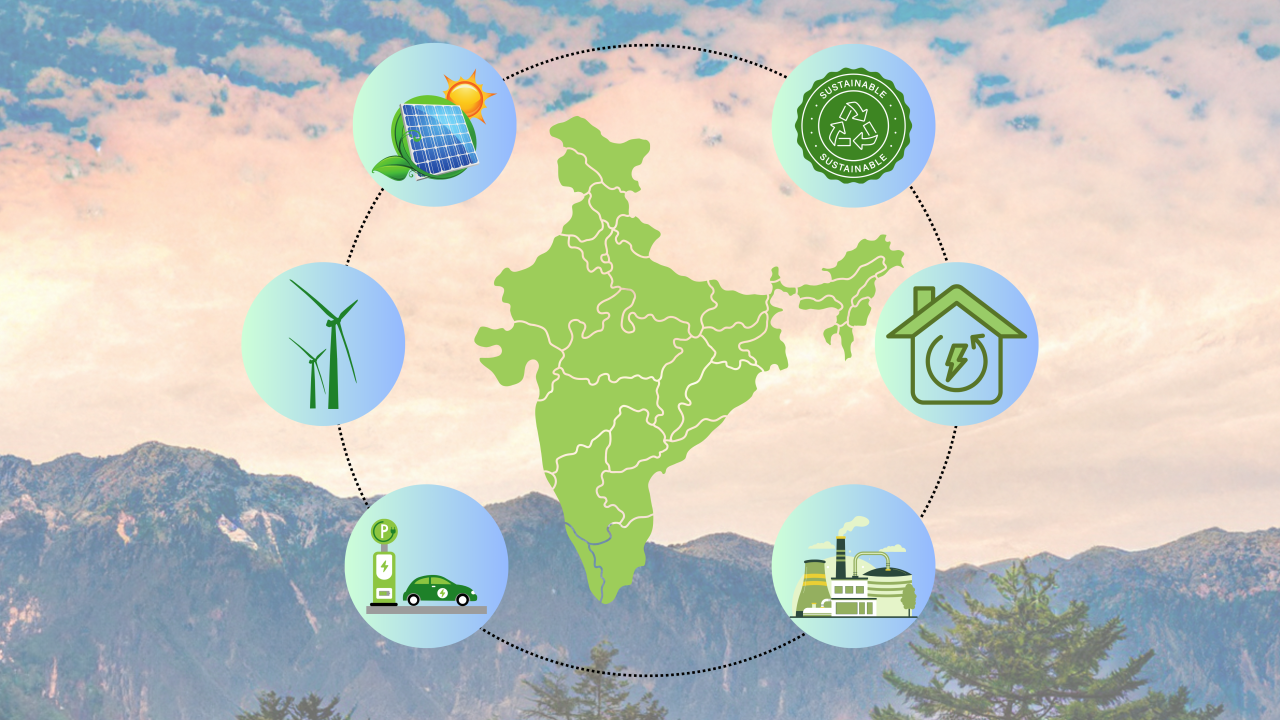 Synergising Hydrogen Generation and Electricity Storage: A Pathway to India’s Net-Zero Future
Synergising Hydrogen Generation and Electricity Storage: A Pathway to India’s Net-Zero Future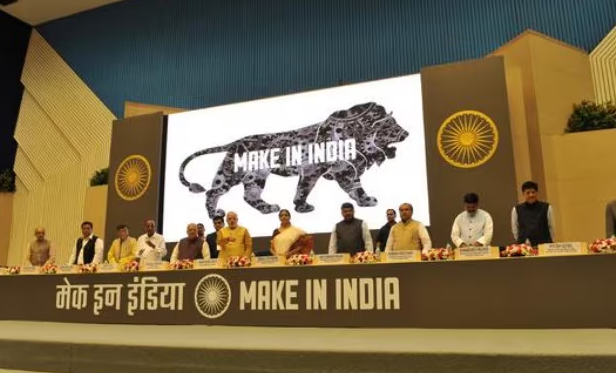 How Make in India is Transforming India's Global Pharmaceutical Footprint
How Make in India is Transforming India's Global Pharmaceutical Footprint The Radical and Enduring Legacy of Shivaji Maharaj – A Pioneer of Governance and Military Strategy
The Radical and Enduring Legacy of Shivaji Maharaj – A Pioneer of Governance and Military Strategy Sarhul Festival: A Celebration of Nature and Adivasi New Year
Sarhul Festival: A Celebration of Nature and Adivasi New Year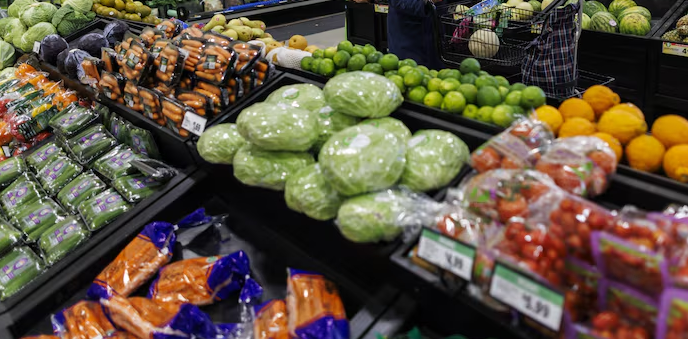 From Farm to Retail: Make in India’s Food Processing Revolution
From Farm to Retail: Make in India’s Food Processing Revolution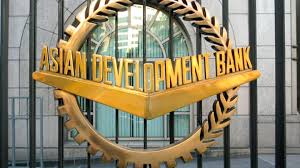 ADB-Funded SMILE Program to Enhance India's Logistics Efficiency
ADB-Funded SMILE Program to Enhance India's Logistics Efficiency India Achieves Significant Milestone in Global Tea Industry, Becomes World’s 2nd-Largest Exporter of
India Achieves Significant Milestone in Global Tea Industry, Becomes World’s 2nd-Largest Exporter of






